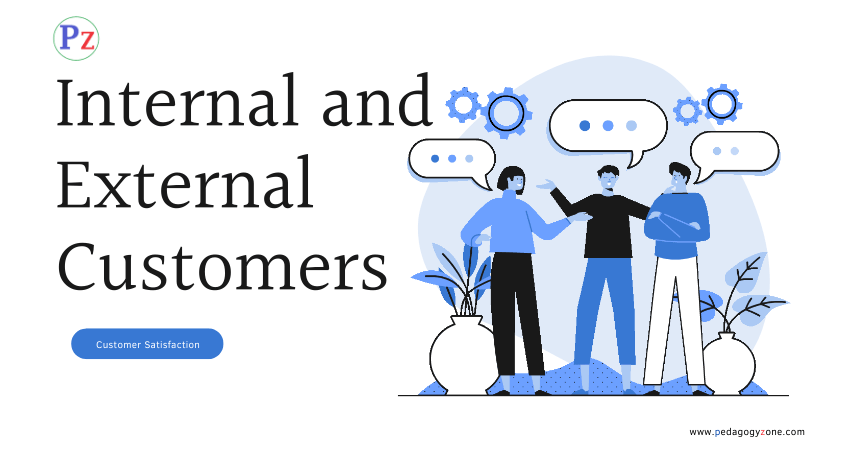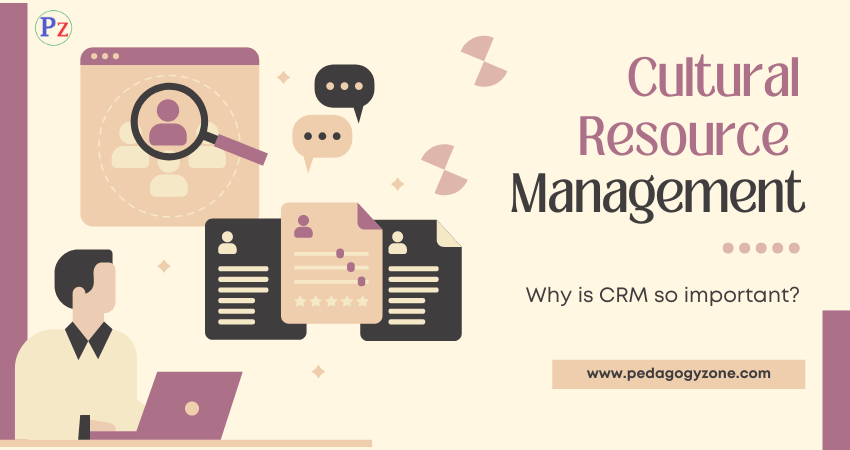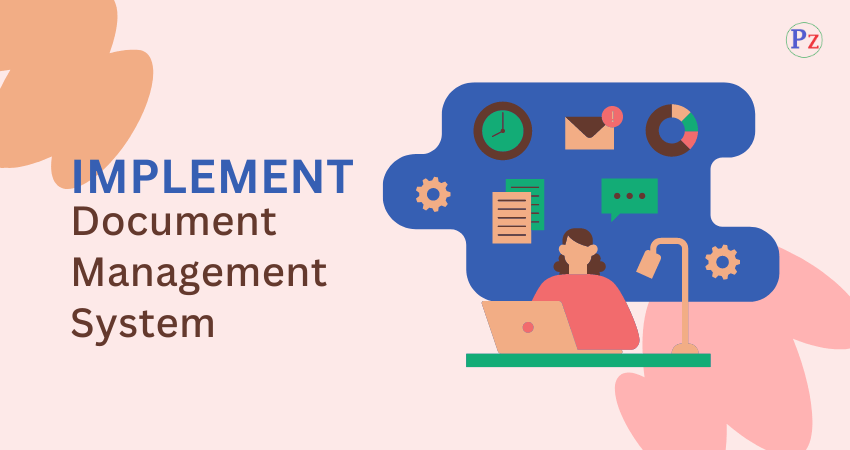WHO ARE THE CUSTOMERS?
The customers are:
- the most important people in the business.
- not dependent on the organisation. The organisation depends on them.
- not an interruption to work but are ihe purpose of it.
- doing a favour when they seek business and not vice-versa.
- a part of business, not outsiders.
- life blood of the business.
- people who come with their needs and jobs.
- deserve the most courteous and attentive treatment.
Types of Customers

Customers are two types. They are:
|
1.Internal Customers
✓ The customers inside the company are called internal customers.
✓ As there is a flow of work, product and service in the organisation, each department is dependent on the other. In this, each department or each quality management unit is considered as a customer by the previous department and as a supplier for the next department. Similarly every person in a process is considered as a customer of the preceding operation. This explains the concept of internal customer.
2. External Customers
✓ The customers outside the company are called external customers.
✓ In other words, an external customer is the one:
- who uses the product or service;
- who purchases the product or service; or
- who influences the sale of the product or service.
✓ Table 1. lists the major categories of external customers.
| 1. Purchaser: Someone who buys the product for himself or herself or for someone else; e.g., anyone who purchases food for his or her family. |
| 2. End user/Ultimate customer: Someone who finally benefits from the product; e.g., the patient who goes to health care facility for diagnostic testing. |
| 3. Merchants: People who purchase products for resaler, wholesalers, distributors, travel agents, and brokers. |
| 4. Processors: Organisations and people who use the product or output as an input for producing their own product; e.g., a refinery that receives crude oil and processes it into different products for a variety of customers. |
| 5. Suppliers: Those who provide input to the process. |
| 6. Potential customers: Those are not currently using the product but capable of becoming customers. |
| 7. Hidden customers: Those who can exert great influence over the product design: regulators, critics, opinion leaders, payers, the media, corporate policymakers, labour unions, professional associations. |
Customer-Supplier Chain
In order to achieve the total customer orientation, TQM requires the better customer-supplier relationship. Fig. 1.2 shows the model of customer-supplier chain.

Fig. 1.2. Customer-supplier chain
All processes require inputs, which are provided by the internal or external suppliers. Similarly all processes delivers outputs, which are used by internal or external customers. The Fig. 1.2 shows everyone inside the company as a supplier and customer at the same time. Each unit is considered as a customer by the previous unit and as a supplier for the next unit.
| Read More Topics |
| Define misbehaviour with types |
| Definition of organizational behavior |
| What are the business analysis fundamentals? |




